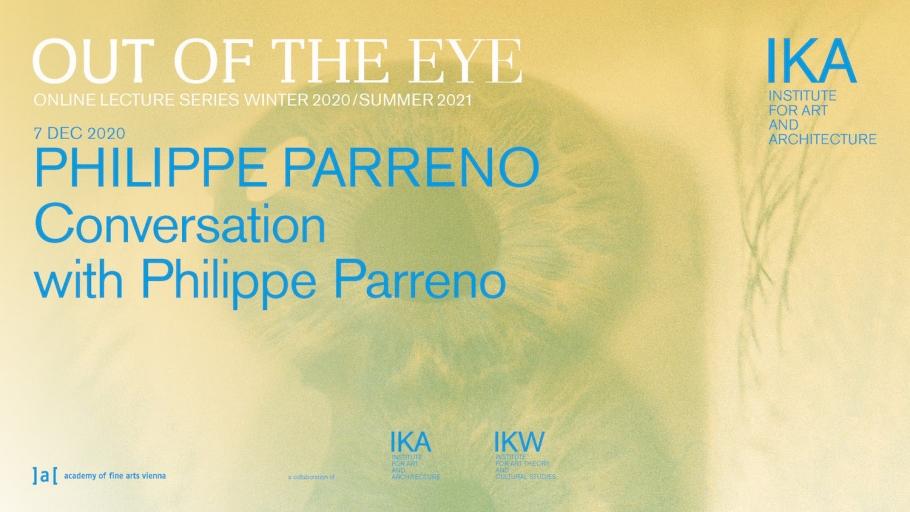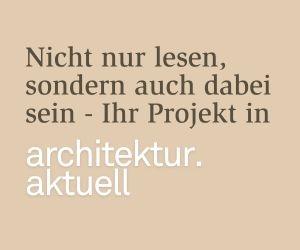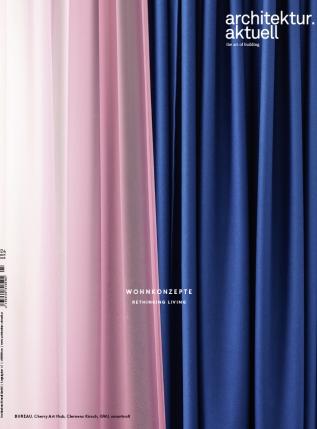Dez
IKA Lecture Series

Institut für Kunst und Architektur
Akademie der bildenden Künste
Augasse 2-6
1090 Wien
Österreich
Online
Conversation with Philippe Parreno
The artist Philippe Parreno (born 1964) lives and works in Paris, France. He studied at Ècole des beaux-arts de Grenoble and at Institut des hautes études en arts plastique, Palais de Tokyo, Paris. Since 1990ies he has exhibited his work widely, e.g. recently at Esther Shipper, Berlin, 2019 at the Museum of Modern Art, New York; at Watari Museum of Contemporary Arts, Tokyo; Gladstone Gallery, New York. 2018 at Espace Louis Vuitton, Bejing; Gropius Bau in Berlin; 2016 in Tate Modern, Turbine Hall, London. He participated e.g. in 2019 at 48th International Film Festival Rotterdam; 2017 in Shanghai and Bogotá, 2016 at 11th Gwangju Biennal or 2015 at 56th Venice Biennale.
Zoom-Meeting: https://akbild-ac-at.zoom.us/j/96085278278?pwd=VXgrVVBtTlMrY1FjMnpZTXN4Ylo2dz09
Zoom-Meeting-ID: 960 8527 8278 Zoom-Code: %^j9aM
OUT OF THE EYE
Drawing Perspectives and Profiling Figures in Architecture
What if seeing with the eyes is accomplished or substituted by cameras that provide data for algorithms to profile patterns and figures? What if the visualization of these figures and patterns is no longer related to the realms of visibility and perception? What if the production of data-based images masks the very disappearance of visual qualities?
Architecture structures space and its perception, not least on the basis of the points of view and perspectives that it offers. Architecture is and always has been a viewing machine that wants to be looked at as well. Yet the issue of seeing and the capacity of the (human) eye is challenged by processes of digitalisation and artificial intelligence that offer new perspectives – or, to put it in more radical terms: a mode of perception that is related less to seeing than it is based on the recognition of patterns and quantifications. The (visual) perspective is substituted by an algorithmic process of reading data. The results are perceived as (visual) images to a lesser extent, even if that is what they look like, because the identification of objects or situations is based on (ir-)regularities of and in patterns. The (earlier) notions of view and perspective thus appear redundant. What is left of perspective is the point of view that reality and presence appear as a thread. The question of forecasting and planning is not so much a political issue as a task of programming and tinkering with data. Out of the Eye looks at politics out of the political.
The presence of (surveillance) cameras and the tracking of (social) media use constantly produce data and feed databases. Genetic algorithms tinkering with data to find patterns (of individual interests, social contacts, traces of mobility, etc.) produce profiles that are based on figures. The volume of data, and the production or finding of patterns and relations between them, exceeds human capacity and depends on technical support and performance. In the context of calculating risks and pre-emptive measures against threats, it is the logic of (algorithmically) programmed figures that fuels the fields of imagination and predictions. Your personal history is waiting to be profiled and summarized. Biometric data and the traces of personal information produced by the individual use of media create a constantly synchronized and continually updated portrait that is evaluated and rated on the basis of indices and indicators. Emerging patterns are subsequently decisive for jobs offered or denied, proposed sets of (private or professional) relations, or the fact that you are identified as solvent or suspicious. There are infinite images and perspectives to see and to choose from, and yet the actual production of patterns and profiles remains invisible because it is based on data and figures. The narration (or narrative structure of a biography) is substituted by mined possibilities beyond the classical structure of cause and effect. Yet we can be confronted with effects without a (reasonable) reason – or because of a reason based on (randomly or contingently) emerging patterns. At the same time, genetic algorithms can also provide solutions for problems we have not been aware of, or optimize tools beyond human capacity.
The lecture series wants to reflect on the concept of perspective in the context of media technologies that substitute the actual performance of seeing and looking with the recognition of patterns that only algorithms can “see”, which they do by “profiling (e-merging) figures”.
The lecture series Out of the Eye, a collaboration between IKA and IKW, is organized and curated by Christina Jauernik, Andreas Spiegl and Wolfgang Tschapeller.

